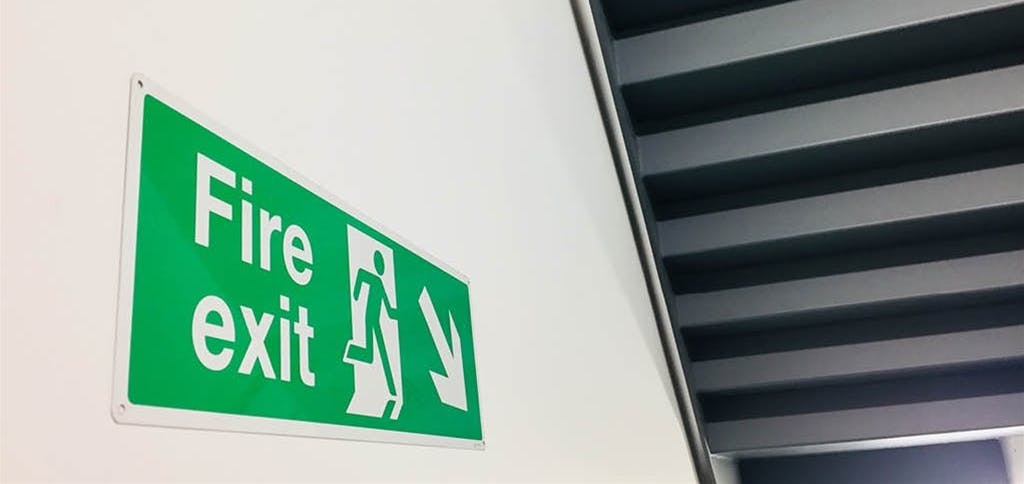Vince Payne examines the pros and cons of implementing a waking watch in dangerous high-rise residential buildings.
The term waking watch has become common parlance in the aftermath of the Grenfell Tower tragedy, but records of this type of fire safety initiative date back as far as 1910, when the early detection of fires by the US Forest Service became a priority. ‘Fire watches’, as they were then termed, were manned from lookout towers to detect smoke across the forest canopy.
In the UK, fire watches were implemented during World War II. In 1940, fire authorities selected and trained ‘Supplementary Fire Parties’, and it became compulsory for the occupiers of commercial and business premises to always have ‘fire watchers’ on duty.
Historically used as a form of defence against wildfires or fires triggered by bombing during the war, waking watches may now be rolled out for a variety of reasons:
- Failure or disruption to a fire alarm system or active fire system: A waking watch response is a short-term solution before a repair of the system is carried out or building works are completed. A suitable procedure is required so that the fire warden is fully aware of how to raise the alarm in case of fire and whether they need to initiate an evacuation or not.
- Hot works: Works which involve the application or generation of heat, e.g. cutting, brazing, welding, or soldering, may be subject to a ‘Permit to Work’. This could require a fire watch to be in place, both during and after the activity.
- Combustible cladding: Since the disastrous fire at Grenfell in 2017, which claimed the lives of 72 people, waking watch frequently alludes to a temporary measure to mitigate the risk associated with combustible external walls in high-rise residential buildings, where a Stay Put evacuation strategy is deemed to be unsafe.
As part of the Fire Protection Association's continuing commitment to increasing fire safety awareness across the built environment, a number of informative feature articles are available to read on their website.
You can read the full article here.




